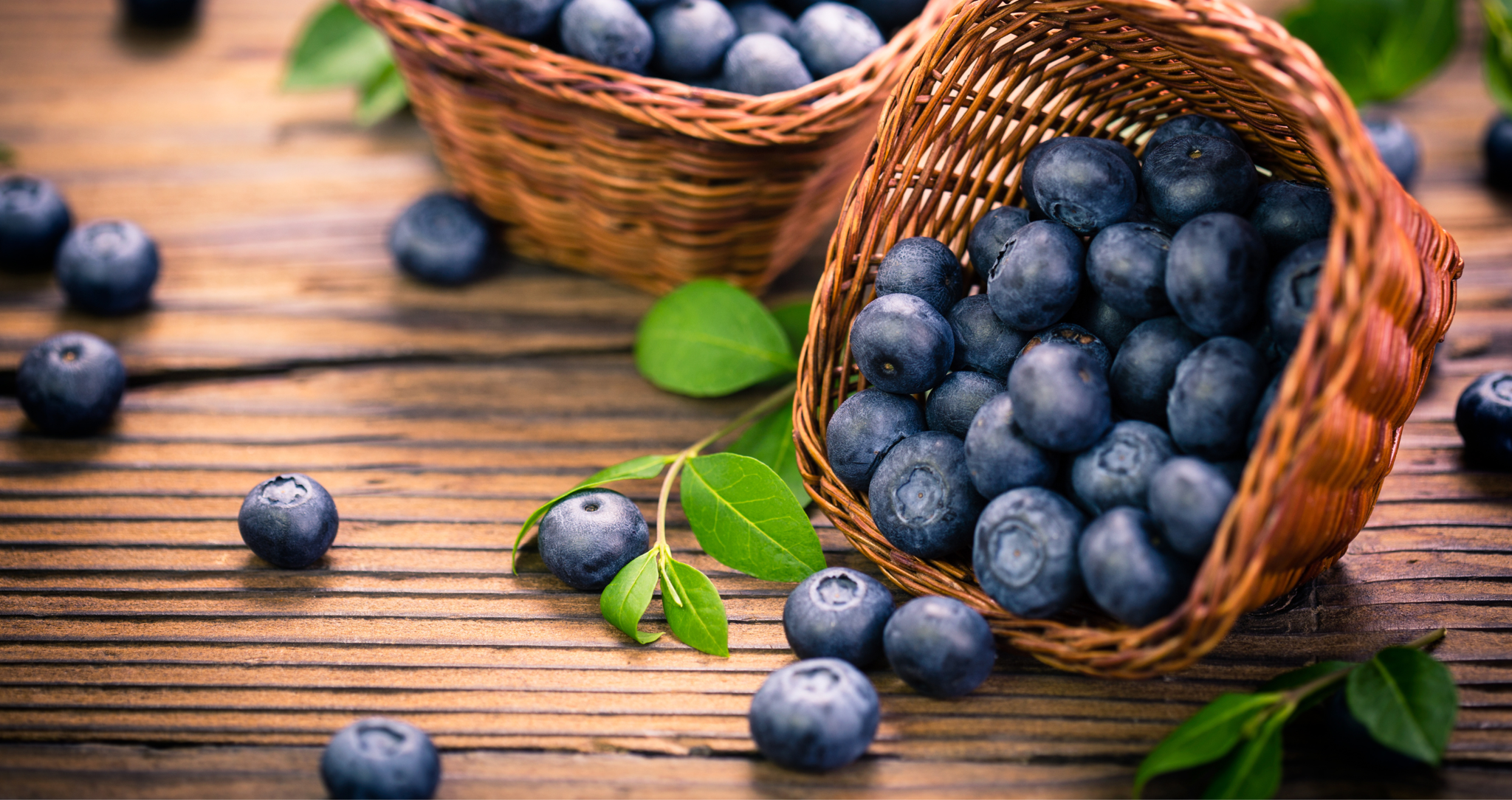

The use of cranberries in the human diet and its preparations has a long history (before the Middle Ages) and in fact, as far back as the 1700s there is documented evidence of decoction preparations from dried fruits for use in folk medicine. Cranberry is a perennial shrub (∼35–60 cm tall) and belongs to the family Ericaceae, growing in coniferous forests, moors and grasslands in Northern Europe and the Americas, but it is also present in Asia. ASIAN. It is also known as European blueberry, Huckleberry or Whortleberry. It blooms from April to June, producing spherical blue/black fruits (∼5-9 mm diameter) with many seeds, ripening from July to September. Its name is due to the intense color of the fruit and comes from the Danish word “Bollebar” (dark berry). Black cranberries are often known as a “superfood” due to their richness in health-promoting compounds with several biological properties.
Cranberries are one of the richest natural sources of Anthocyanins, which are Polyphenols composed of soluble Glycoside pigments that produce blue to red (purple) colors in flowers, fruits and vegetables. These Polyphenolic components have high levels of antioxidants and are believed to be the main compound responsible for many of the health benefits reported from eating berries. The chemistry of Anthocyanins in cranberries, why plants contain anthocyanins, and why humans and animals should consume Anthocyanins are all presented. Cranberries show anti-cancer activity and have a protective effect against chemotherapy and radiotherapy. The importance of cranberries in the prevention and treatment of cardiovascular disease, diabetes, macular degeneration (vision), dementia and Alzheimer's disease has been reported.


